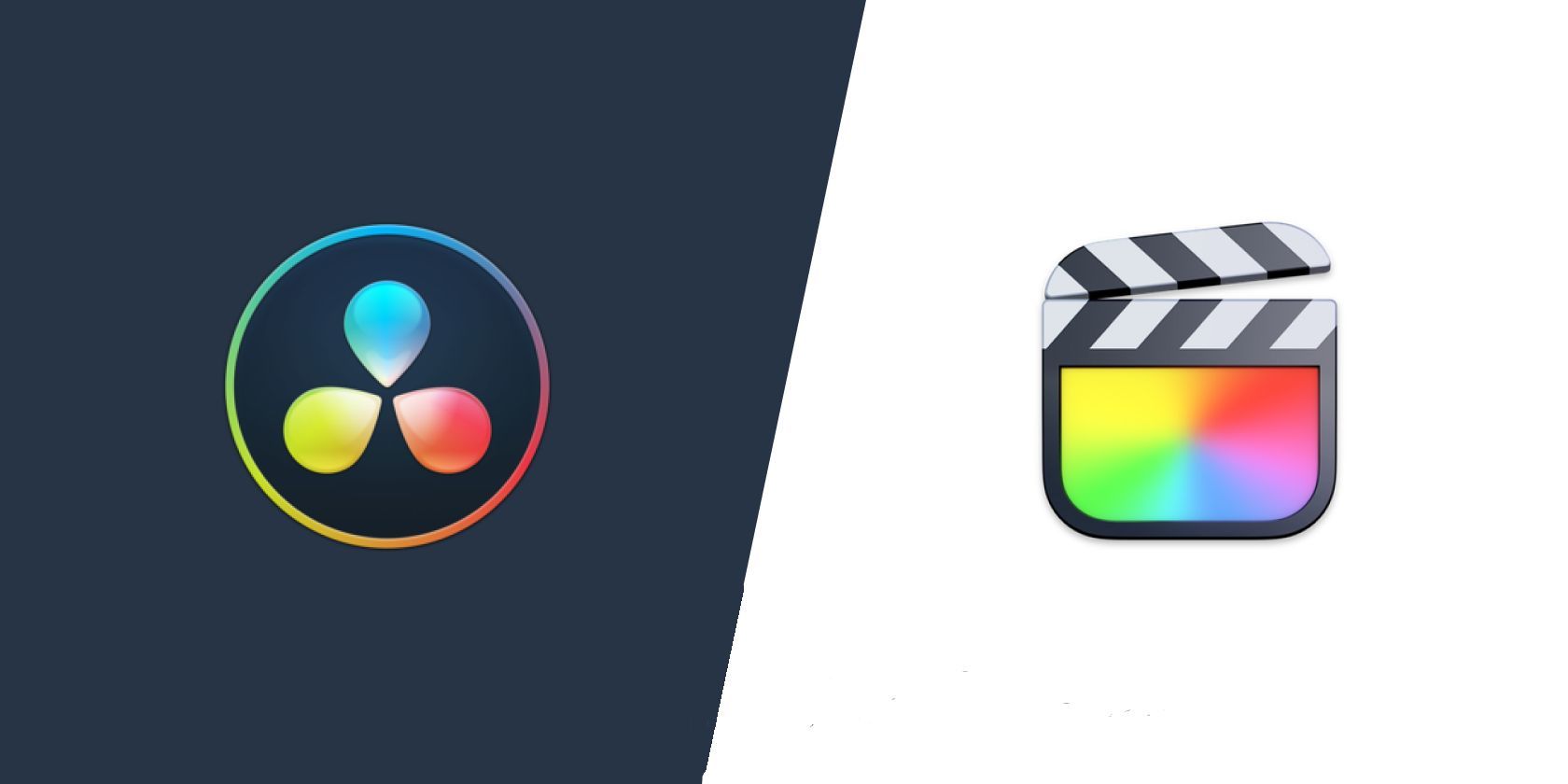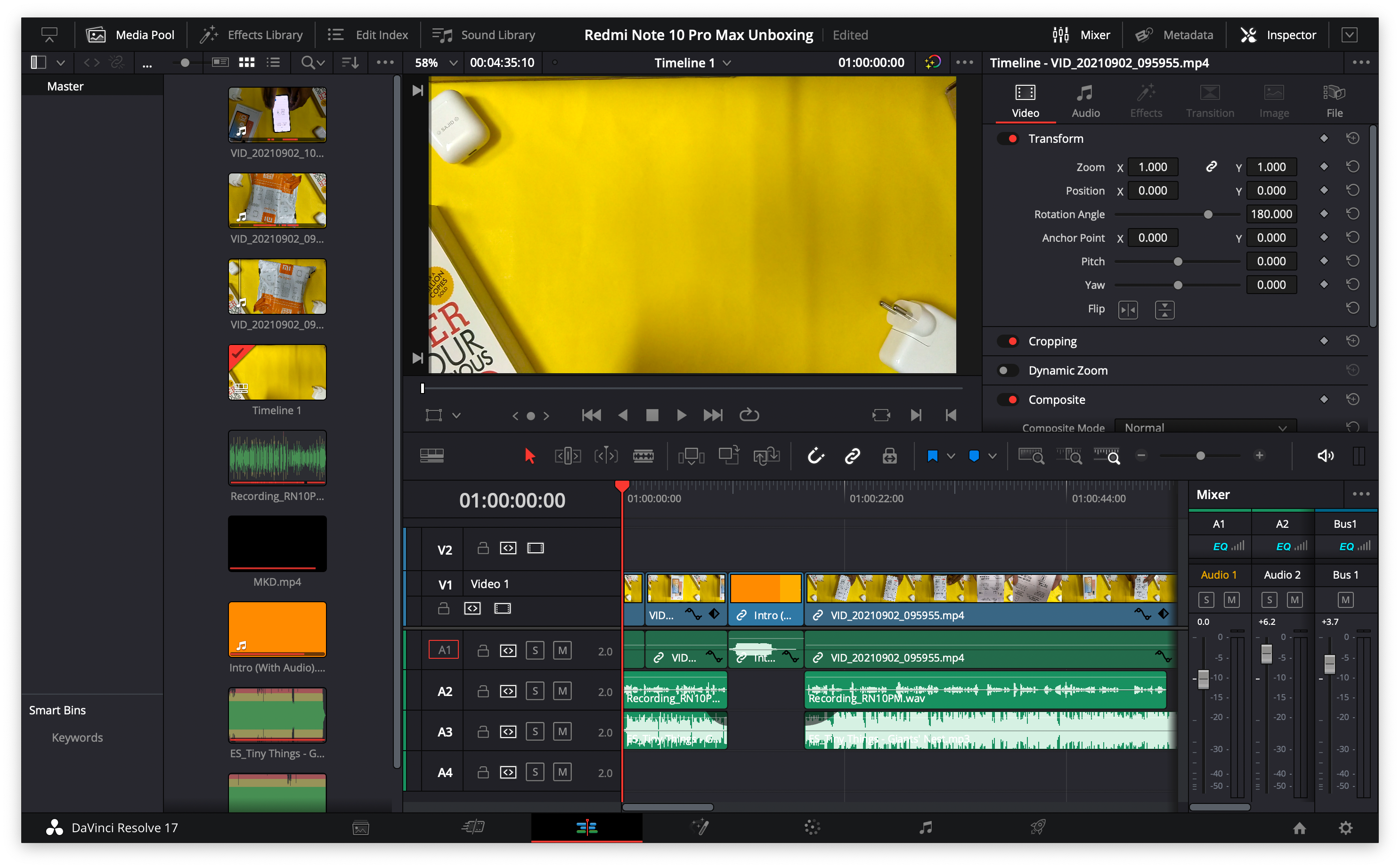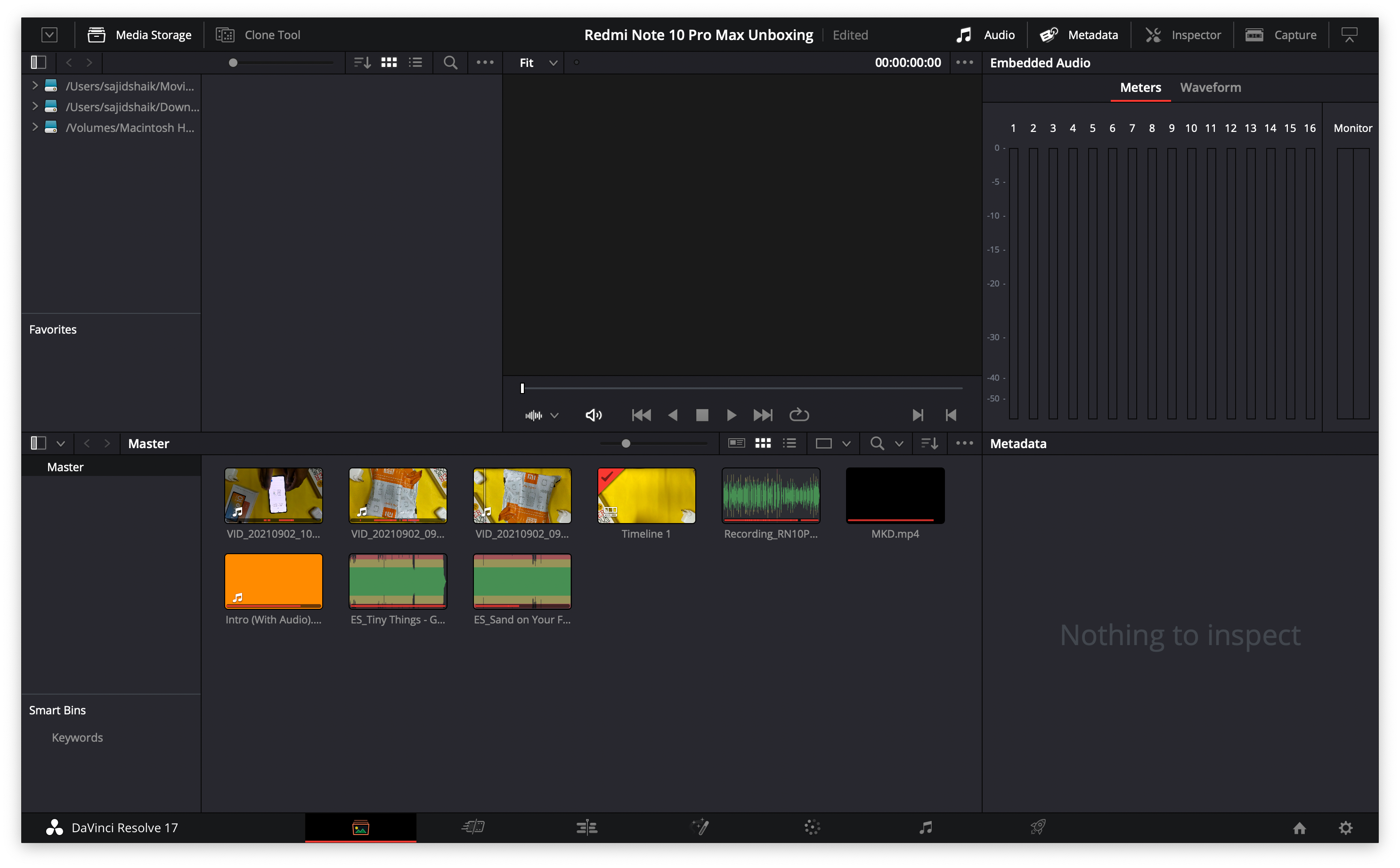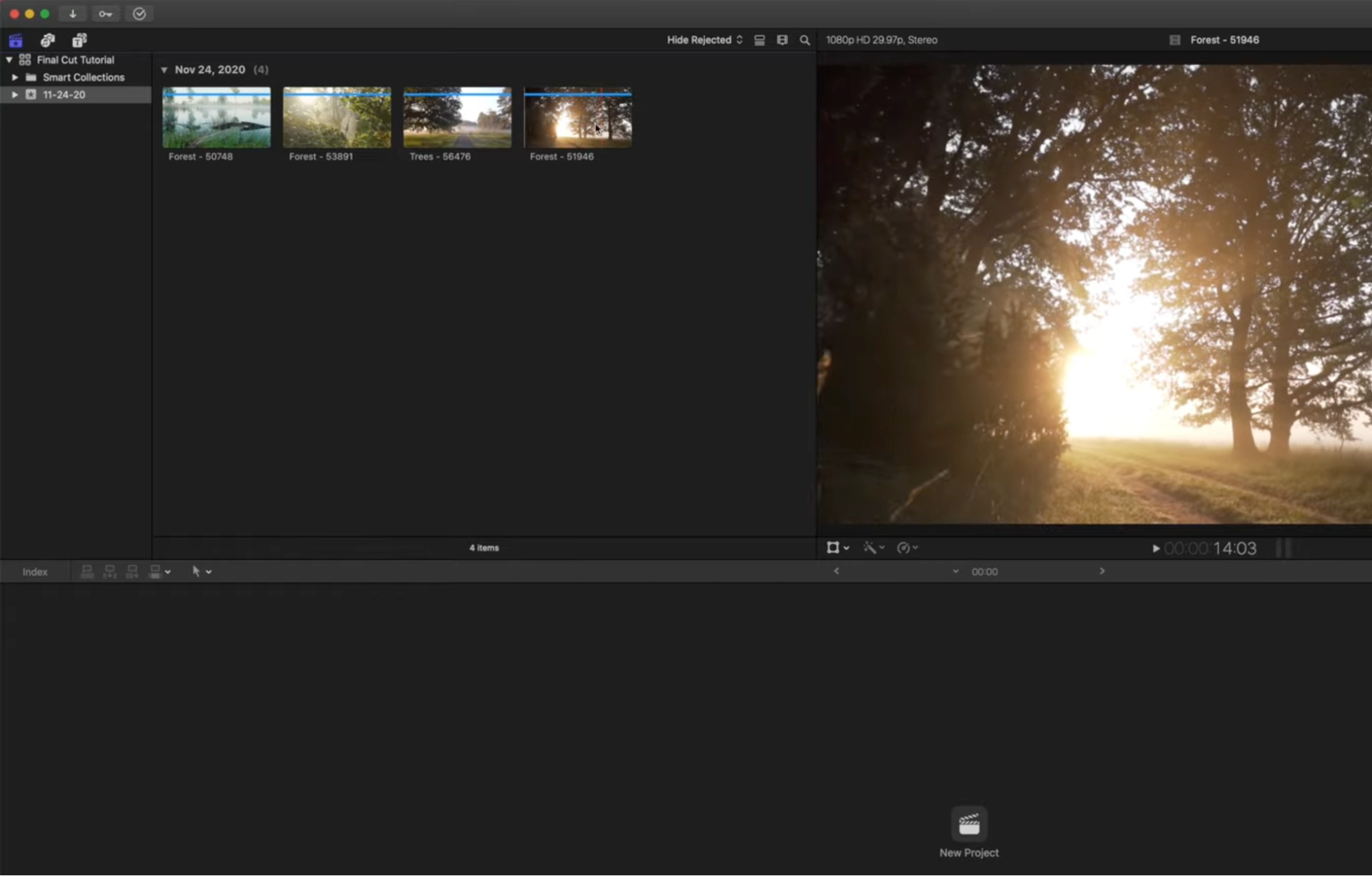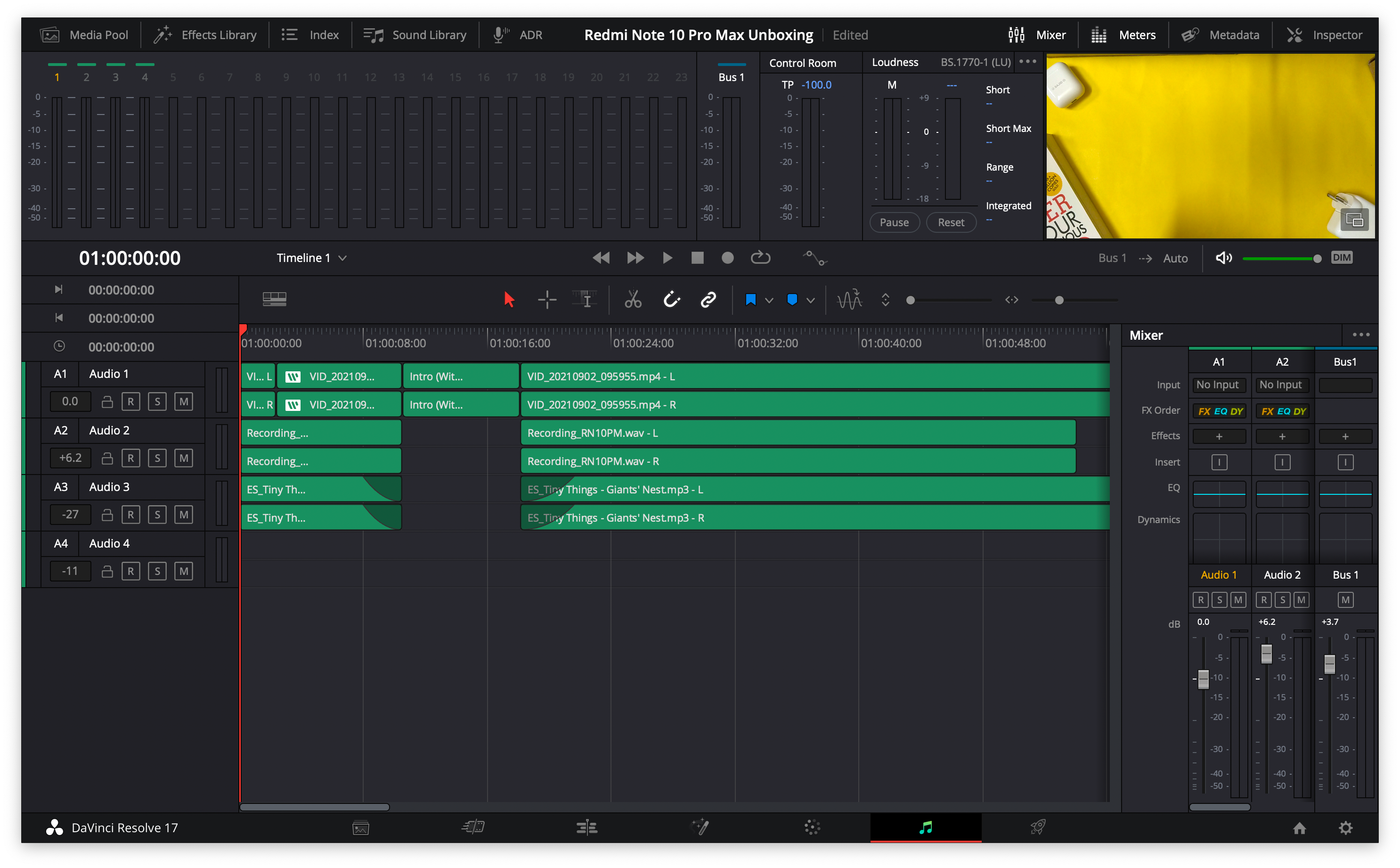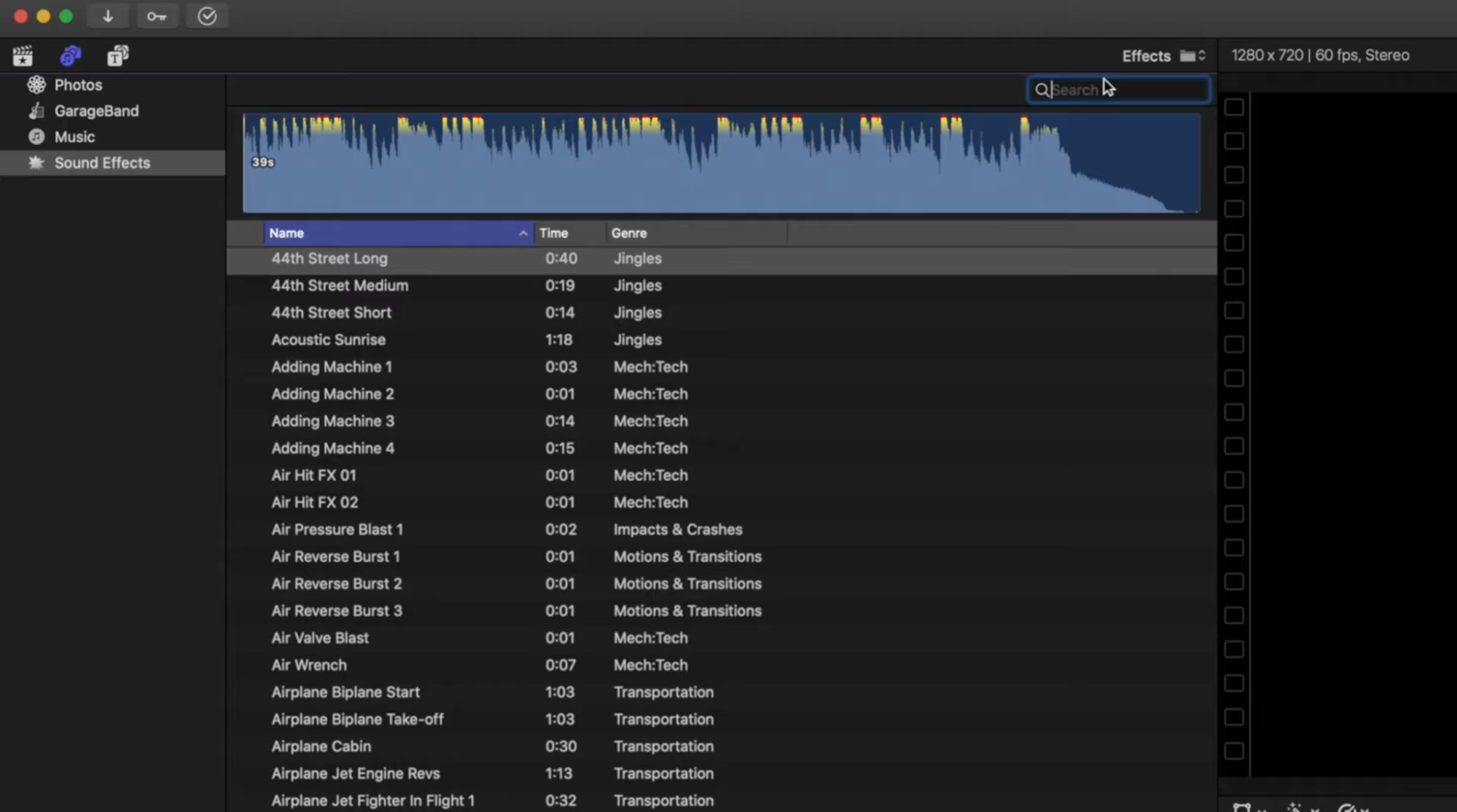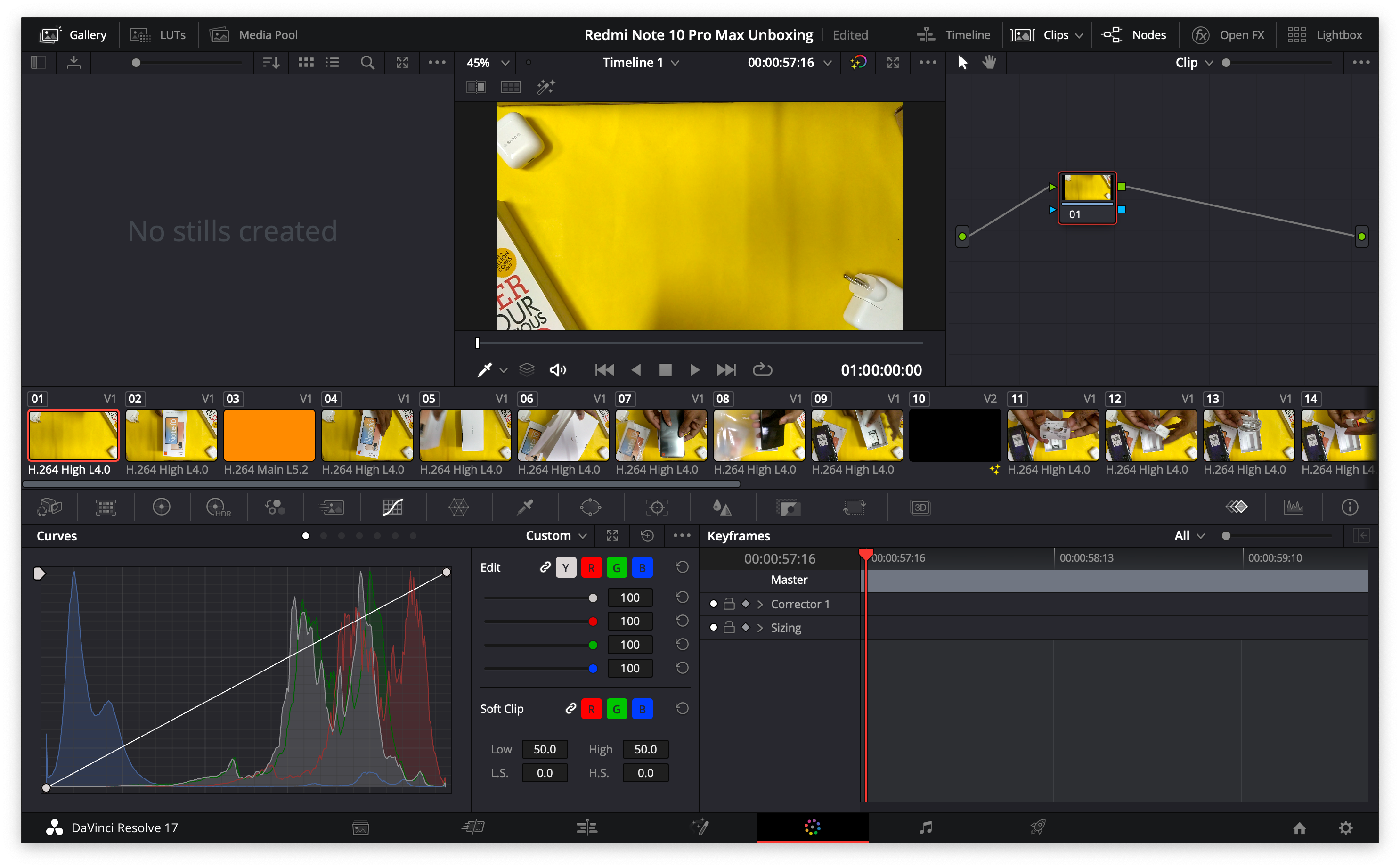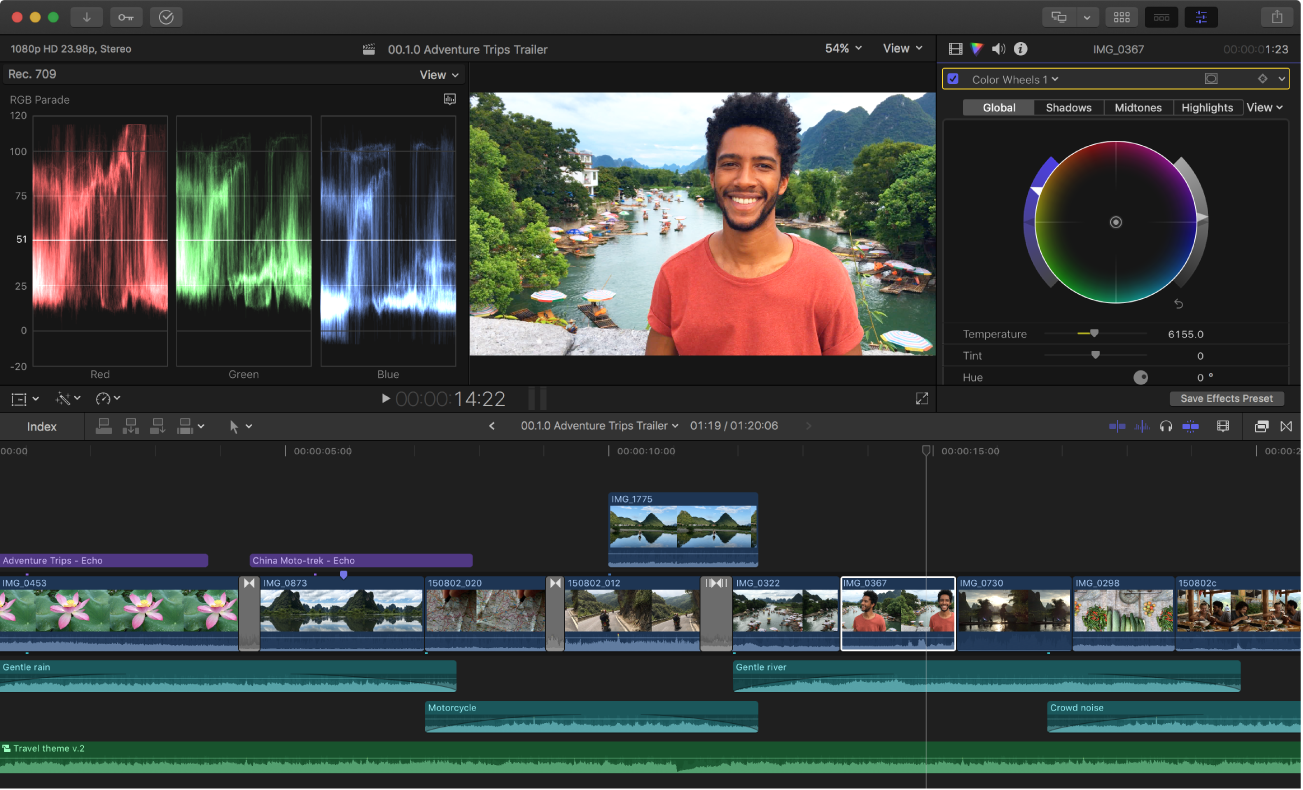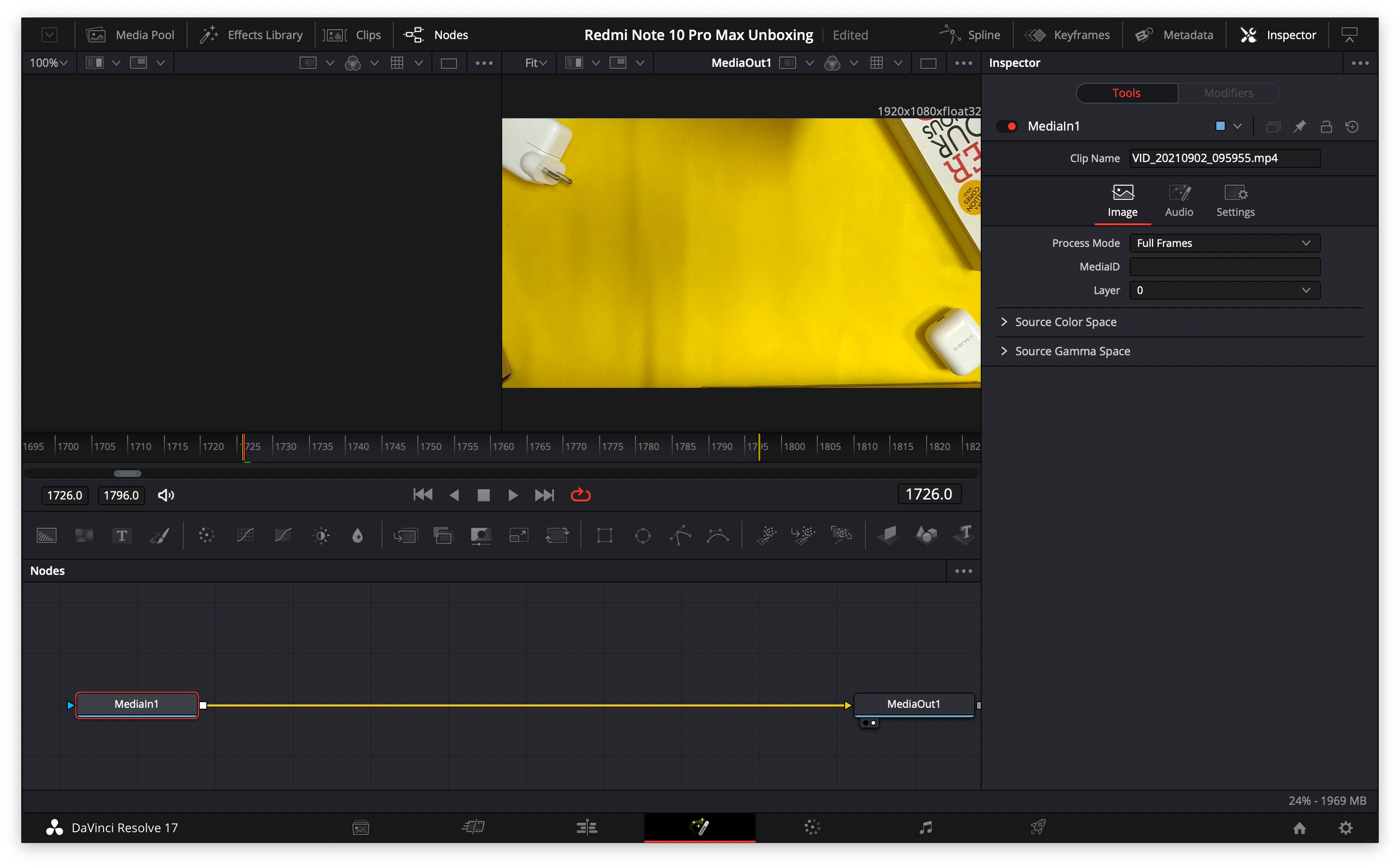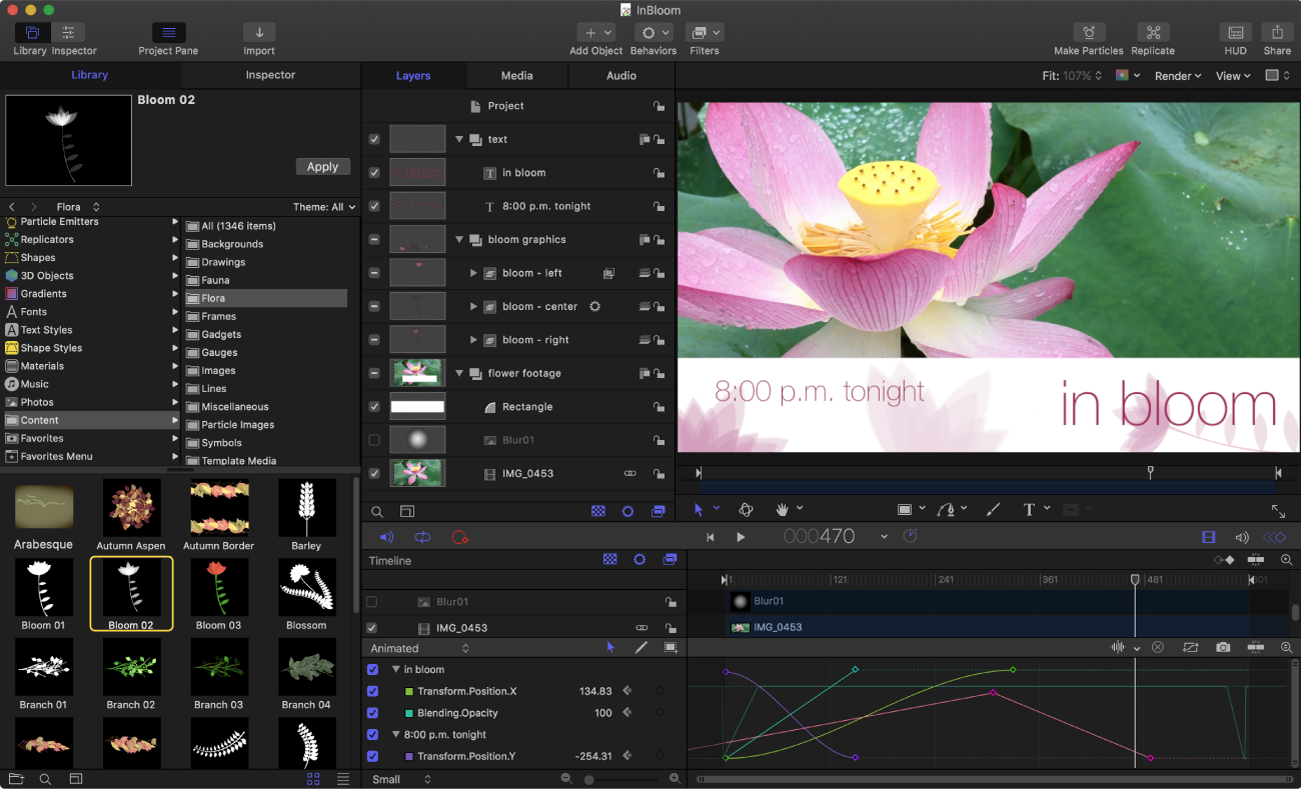If you're starting off on your editing journey or just want to do some simple edits, there are a lot of video editing software options to choose from. It may come down to these choices if you're on a Mac—Premiere Pro, DaVinci Resolve, and Final Cut Pro.
Both DaVinci Resolve and Final Cut Pro outperform Premiere Pro in terms of performance. Between these video editing software, you are bound to be confused about which one to opt for.
This article will help you choose between DaVinci Resolve and Final Cut Pro. We'll compare them in multiple aspects to provide you with a better overview.
Final Cut Pro vs. DaVinci Resolve: Overview
Final Cut Pro and DaVinci Resolve are both NLE (Non-Linear Editing) video editors. However, they have some differences. Deciding between them still remains a difficult task.
Final Cut Pro was an entity of Macromedia Inc. before 1998. Afterward, Apple acquired the software and began developing it. It was released in its initial version in 2011 following its acquisition by Apple. From that point on, it has continued to improve. Final Cut Pro is currently only available on macOS.
On the other hand, an independent entity gave rise to DaVinci Resolve, da Vinci Systems. Later in 2009, Blackmagic Design acquired it. DaVinci Resolve is available both in a commercial (full-featured) and a free version (reduced functionality). DaVinci Resolve comes close to what Final Cut Pro offers, despite reduced functionality. DaVinci Resolve is available on both Windows and Mac.
Interface
DaVinci Resolve uses a free-form timeline editor. It divides them into multiple sections to make it easier to find and understand various parts of video editing. The free version offers five sections—Cut & Edit, Fusion, Color, Fairlight, and Deliver. Everything stands for its name, but Fairlight is where you can edit the audio of the video.
Final Cut Pro uses a magnetic timeline that streamlines everything into a single track, organizing them efficiently. It gives Final Cut Pro an advantage for providing a simplified timeline, making it easy for new users to edit. However, you can't customize it to your liking, but you can do everything with clips like merging, labeling, adding graphics to them, and much more.
Media Organization
DaVinci Resolve keeps things organized with its dedicated section for adding media. The Media tab lets you add any media into the bin, which you can later use in the video. It could be a video clip, image, audio, or anything that DaVinci Resolve supports. DaVinci also has magnetic timeline support, but it isn't as good as Final Cut Pro.
Final Cut Pro, on the other hand, allows you to organize your files with ease. It comes with options such as Libraries, Events, Roles, and Keyword Tagging when importing media into Final Cut Pro. The library is the place where you import your files and media. In addition to just importing them, you can also rename the clips in batches and track all of them in one place.
Audio
DaVinci Resolve comes with Fairlight, which gives a tough competition to what Final Cut Pro offers. Fairlight is an in-built application into DaVinci Resolve and is available in a separate section for all audio needs. However, you can do some basic audio editing while in the Edit tab.
Given that essential editing tools are relatively good, you can take the audio to the next level with Fairlight. It provides you with a complete DAW (Digital Audio Workstation) for editing audio with various effects, recording, mixing tracks, and many more.
Instead, Final Cut Pro allows you to use audio on the timeline with ease. In comparison to DaVinci Resolve, it's Final Cut Pro's most vital point. It comes with a wide range of royalty-free audio that you can use on your timeline without worrying about copyright claims. Moreover, when you import your audio into Final Cut Pro, it automatically removes most background noise.
That said, you can also choose from a massive library of plugins to get things done faster. And for the important stuff, you can cut, mix, merge, and even use the Apple Logic Pro plugin to get a surround sound effect on your audio.
Color Grading
When it comes to color grading, DaVinci Resolve is a champ. If you're more into color grading, DaVinci Resolve might be the perfect tool for you. It offers you a wide range of extensive and advanced color grading tools. DaVinci Resolve initially started its days as a color correction tool, so it's bound to be the best in its class.
On the other hand, Final Cut Pro comes with a set of color correction and grading tools. These include a set of tools like Curves, LUTs, Color Wheels, and many other presets. Even with these features, color grading in Final Cut Pro doesn't come close to what DaVinci Resolve offers.
Motion Graphics
DaVinci Resolve has a separate section dedicated to motion graphics called Fusion. Since it's an advanced tool, it might require some learning curve to understand how it works. However, you don't need to install an app separately to use it. With Fusion integrated into DaVinci Resolve, you can easily create and move things while staying inside DaVinci Resolve.
When it comes to Final Cut Pro, it doesn't offer a dedicated option for motion graphics. Instead, you can use Apple Motion to create them. It is simple to use and includes all the options you need to create basic graphics. You get the advantage of selecting from a wide range of plugins and templates to create these graphics with much more ease.
Pricing and Availability
DaVinci Resolve is available for free or in a commercial version, which costs $299. The free version of DaVinci Resolve is sufficient for even the most seasoned professional editor. DaVinci Resolve is available on both Windows and Mac, which gives it an advantage over Final Cut Pro.
Final Cut Pro, on the other hand, costs a one-time fee of $299, which is then assigned to your Apple ID and can be installed on multiple computers. Final Cut Pro is only available for Macs, so if you don't own one, you need to buy that too.
Which Is Better Between Final Cut Pro and DaVinci Resolve?
Final Cut Pro and DaVinci Resolve both have their pros and cons. Despite all that, you should definitely choose DaVinci Resolve if we look at the pricing, availability, and value for money factors. It's available on both Windows and Mac, so you can use it on either platform.
If you own a Mac and want to get everything done quickly without too many advanced options, you should consider Final Cut Pro. You get a better experience with Final Cut Pro over DaVinci Resolve since it's Mac-optimized.

